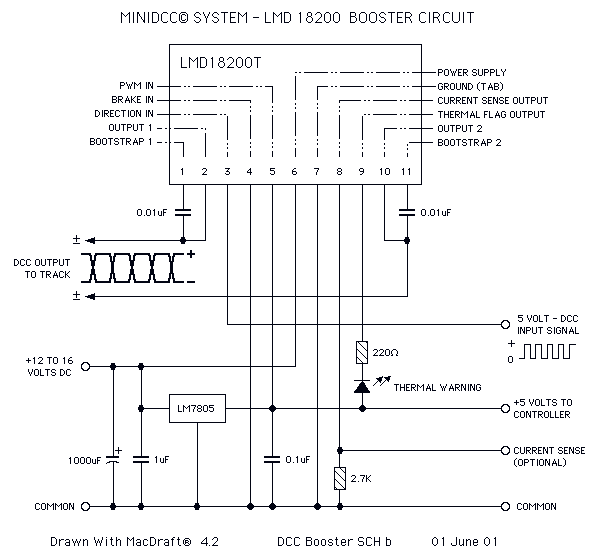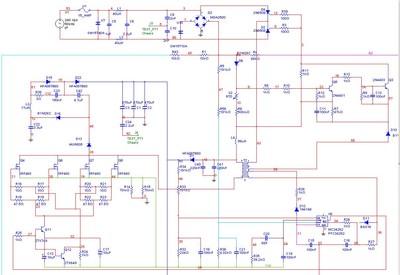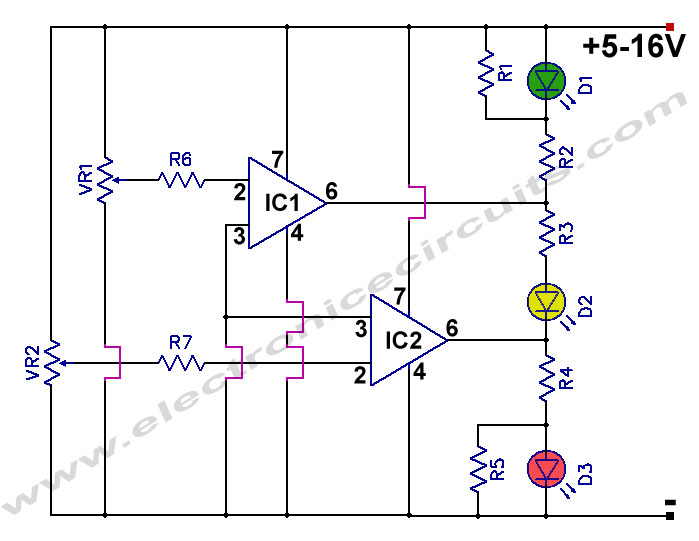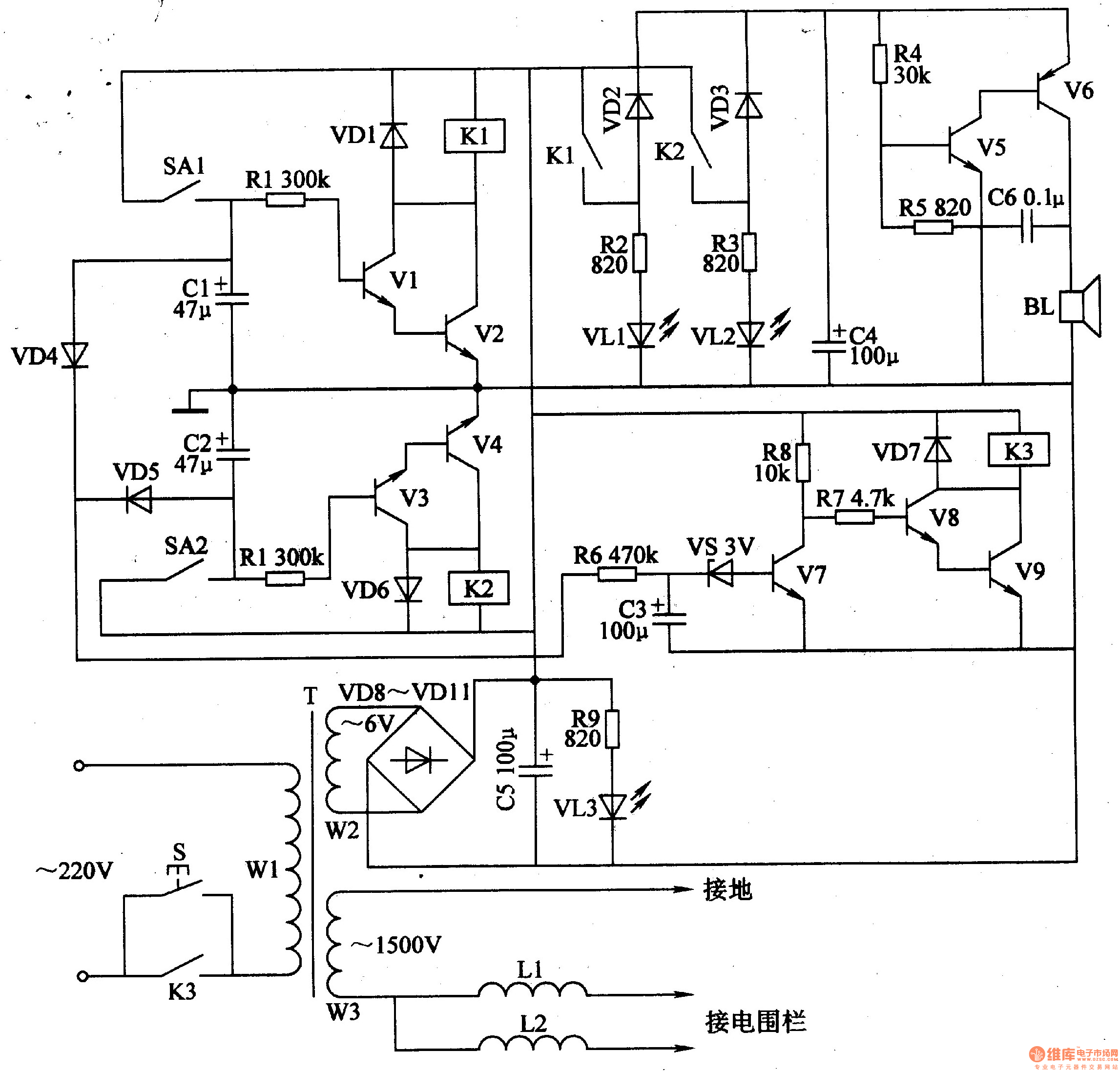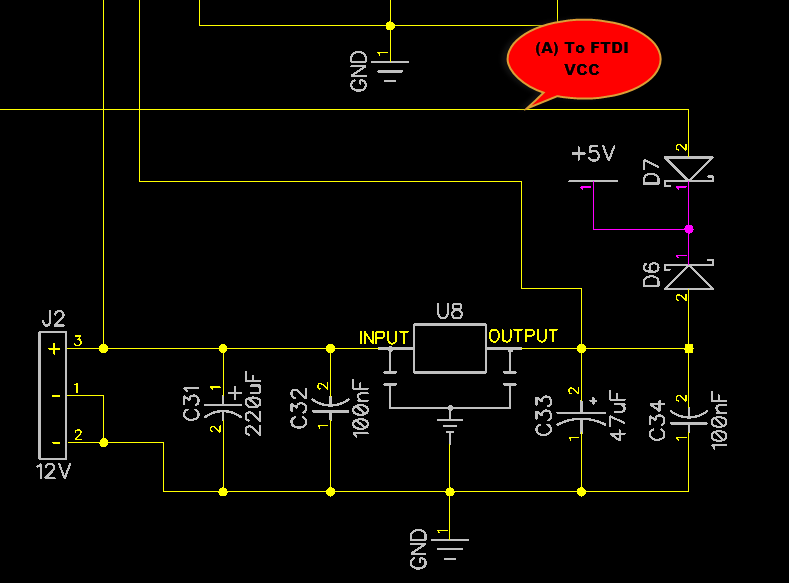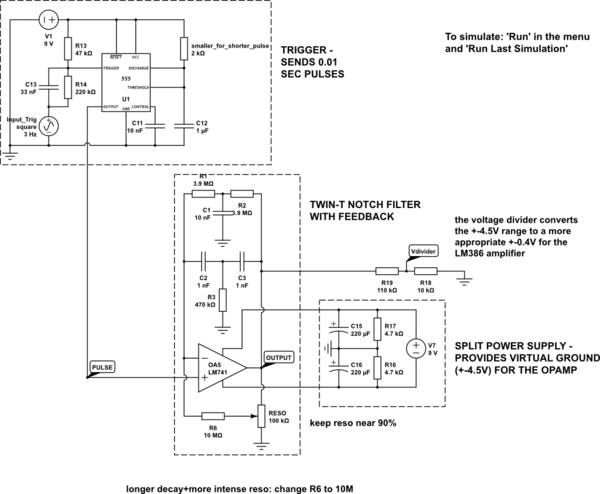
Very Simple Telephone Intercom Circuit Circuit
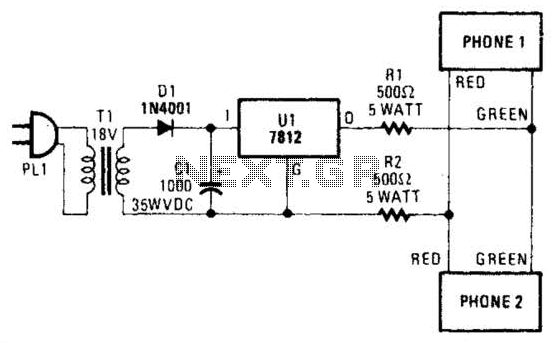
Two telephones can be used as an intercom by utilizing this circuit. Older style rotary phones that are non-electronic may be the most suitable for this application. Additionally, handsets alone can be powered in this manner.
This intercom circuit allows for communication between two telephones, specifically older rotary models, which do not require electronic components for operation. The circuit is designed to function primarily with the mechanical aspects of these telephones, leveraging their inherent capabilities to establish a two-way communication link.
The setup involves connecting the two handsets in a parallel configuration, ensuring that each phone's ringer and speaker are properly integrated into the circuit. A power source, typically a low-voltage DC supply, is necessary to energize the handsets. The circuit may include a simple resistor-capacitor (RC) network to filter any noise and stabilize the power supply, ensuring clear audio transmission.
For optimal performance, the circuit should be housed in a protective enclosure to prevent accidental disconnection or damage. The use of twisted-pair wiring is recommended to minimize electromagnetic interference, which can degrade audio quality.
In summary, this intercom circuit provides a practical solution for utilizing older rotary telephones as a communication system, emphasizing simplicity and reliability while requiring minimal electronic components. Two telephones can be used as an intercom by using this circuit. Older style rotary phones that are nonelectronic might work best in this application. Also, handsets only might be powered this way.
This intercom circuit allows for communication between two telephones, specifically older rotary models, which do not require electronic components for operation. The circuit is designed to function primarily with the mechanical aspects of these telephones, leveraging their inherent capabilities to establish a two-way communication link.
The setup involves connecting the two handsets in a parallel configuration, ensuring that each phone's ringer and speaker are properly integrated into the circuit. A power source, typically a low-voltage DC supply, is necessary to energize the handsets. The circuit may include a simple resistor-capacitor (RC) network to filter any noise and stabilize the power supply, ensuring clear audio transmission.
For optimal performance, the circuit should be housed in a protective enclosure to prevent accidental disconnection or damage. The use of twisted-pair wiring is recommended to minimize electromagnetic interference, which can degrade audio quality.
In summary, this intercom circuit provides a practical solution for utilizing older rotary telephones as a communication system, emphasizing simplicity and reliability while requiring minimal electronic components. Two telephones can be used as an intercom by using this circuit. Older style rotary phones that are nonelectronic might work best in this application. Also, handsets only might be powered this way.
